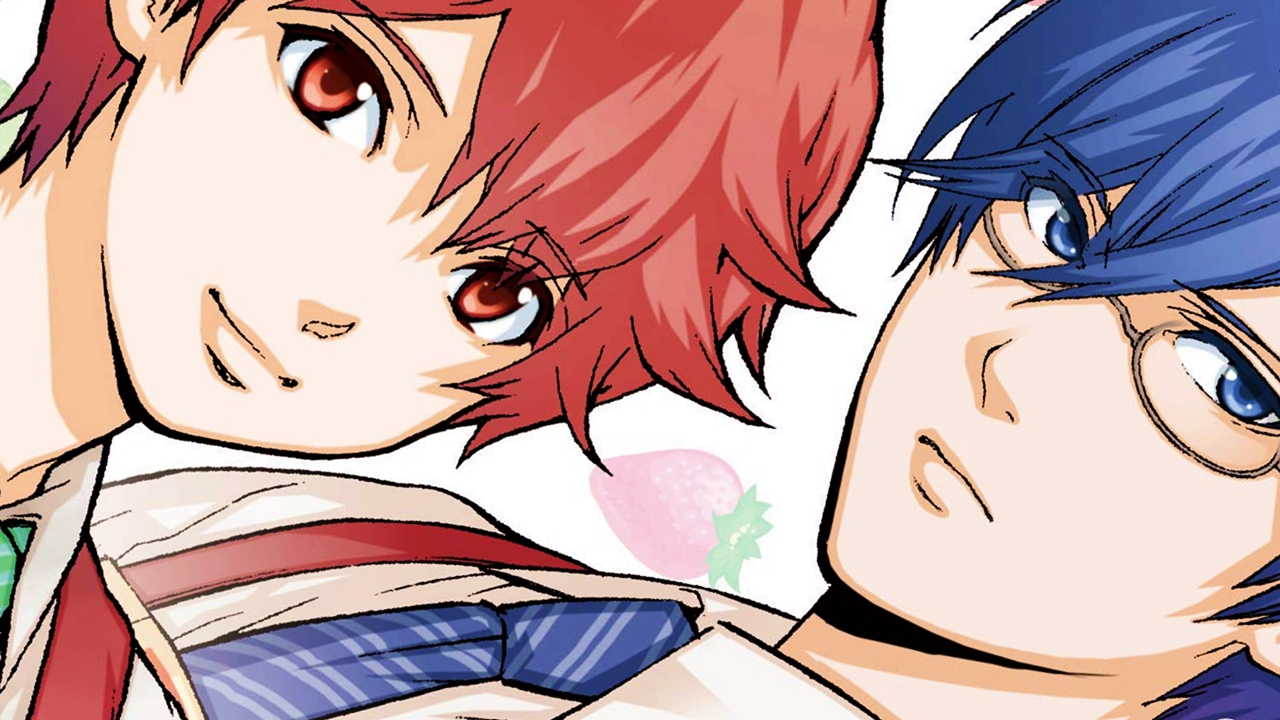

Noona (누나) can be used if you’re a male and you’re talking to or about older females. You can also use this word when you’re just talking about your male friends and they’re not present in the conversation. If you are a male, you can use this word to talk to or about your male friends or your brothers. Hyung (형) is used when you’re a male, and you’re talking to other older males. You can use this word even if you’re not talking directly to them or even if they’re not present in the conversation. If you’re a female, you can use this to refer to your sisters or female friends.

Unnie (언니) is used when you’re a female and talking to other older females. You can call your older male friends “oppa,” even if you’re not talking to them directly. If you’re a female, you can use this to refer to your boyfriend, brothers, or friends. Oppa (오빠) is used when you’re a female and you’re talking to or about older males. On the other hand, if you are in a Korean restaurant, even if the (usually older female) waitresses are strangers to you, it’s not weird for men to call them by 누나 (noona) and women by 언니 (unnie), regardless of the age difference. You might want to refrain from using oppa, hyung, noona, and unnie when meeting people first. If there are decades worth of age differences between you two, these terms are less likely to be used.Įven if you’re not talking directly to the people you call oppa, hyung, noona, and unnie, whenever you refer to them in a conversation with someone else, you should attach one of these terms after the person’s name you are talking about. In romanized English, you can spell the word as “ noona.” However, you may also see 누나 in romanized English as “nuna.” When To Use Oppa (오빠), Unnie (언니), Hyung (형), and Noona (누나)
ONI SAN HOW TO
Listen here: 누나 (noona) = older sister (males speaking to older females) How to write noona in Korean The Korean word for “older sister” can be pronounced as noona (누나). If you’re a woman and an older sister of a male sibling, your younger brother will also call you noona. So, if you’re a man who has a female friend older than you are, you call her noona. For example, 누나 (noona) is used to address an older female for males, even if she is not your sister by blood. You’ve probably heard the word oppa (오빠) in Korean Dramas, K-Pop Idols, or among your Korean friends.īefore we get into the details, watch this video below:Ī younger brother or a younger man will use the Korean word 누나 (noona) to address a female friend who is older. Oppa (오빠) is a commonly used term in Korean. However, the meaning of these terms expands much further than just your blood-related siblings. The words oppa (오빠) and hyung (형) mean “older brother.” Meanwhile, the Korean words noona (누나) and unnie (언니) mean “older sister.” The Meaning of Oppa (오빠), Hyung (형), Noona (누나), and Unnie (언니) 6 When To Use Oppa (오빠), Unnie (언니), Hyung (형), and Noona (누나).2.1 What does oppa (오빠) mean in Korean?.1 The Meaning of Oppa (오빠), Hyung (형), Noona (누나), and Unnie (언니).In conjunction with the new funding, Crandell of ARCH Venture Partners, and Shaun Rodriguez of Casdin Capital have joined ONI’s board of directors. Instead of asking them to move to the United Kingdom, Jing relocated the headquarters. Some of the people it wanted to hire lived on the West Coast, said Jing. The company chose San Diego as its headquarters after recruiting executive talent. He expects to grow the workforce to 200 over the next year or so as the company expands in the U.S. The company employs about 100 workers today, mostly in the United Kingdom. Existing investors, including Oxford Science Enterprises, participated in the new capital raise.

Prior to this latest round, ONI had raised $34 million. “The more we understand about these intricate systems, the closer we will get to engineering biology.” “ONI’s technology democratizes cutting-edge science, enabling researchers to develop new angles to explore and understand the complexity of biological systems at super-resolution,” said Keith Crandell, managing director of ARCH Venture Partners. ARCH Venture Partners and Casdin Capital led the round, with Section 32, Artis Ventures, Vertical Venture Partners, Axon Ventures and private investors participating.


 0 kommentar(er)
0 kommentar(er)
